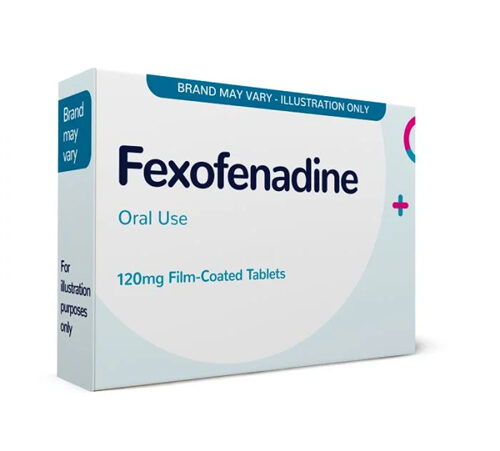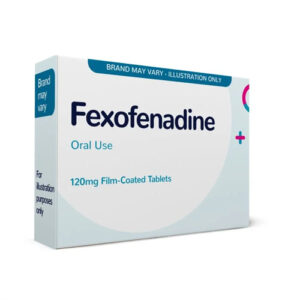No products in the basket.

For those who suffer from seasonal allergies, Fexofenadine has become a trusted name in providing effective, non-drowsy relief. But behind this widely used medication lies a fascinating story of pharmaceutical innovation and development. Here’s how Fexofenadine came into existence and became a household name in the world of allergy treatment.

In the 20th century, antihistamines were already in use for allergies, but they came with a notable drawback—drowsiness. First-generation antihistamines, such as diphenhydramine, were effective in blocking histamine receptors, but they also crossed the blood-brain barrier, which caused sedation and interfered with daily activities.
With a growing need for an alternative that would minimise these side effects, researchers sought to develop a new type of antihistamine that could provide relief without causing drowsiness.
In the 1970s, Terfenadine was developed as one of the first second-generation antihistamines that promised to be less sedating. It became popular in the 1980s as a revolutionary treatment for allergies. However, it was soon discovered that Terfenadine could cause serious cardiac side effects, especially when taken with certain other medications. This led to concerns about its safety and the need for a modified, safer version.
Fexofenadine was developed as an active metabolite of Terfenadine, which means it’s a compound that results from Terfenadine breaking down in the body. Scientists found that Fexofenadine retained the same antihistamine benefits but without the potentially dangerous side effects linked to Terfenadine. It didn’t interfere with the heart’s potassium channels, which was the primary cause of cardiac issues associated with its predecessor.
By the mid-1990s, clinical trials had demonstrated that Fexofenadine was both effective and safe for long-term use in treating allergy symptoms. In 1996, it received FDA approval in the United States and soon became widely available worldwide under various brand names, including Allegra.
Fexofenadine is now considered one of the most reliable antihistamines available, providing rapid and long-lasting relief from symptoms like runny nose, itchy eyes, and sneezing. Unlike some other antihistamines, Fexofenadine does not cross the blood-brain barrier as easily, meaning it’s far less likely to cause drowsiness—a significant advantage for those who need to stay alert throughout the day.
Today, Fexofenadine remains a preferred choice for many allergy sufferers. Its development marked an important milestone in pharmaceutical science, exemplifying how researchers continually adapt and improve medications to enhance patient safety and quality of life.
Fexofenadine’s journey from Terfenadine’s metabolite to a globally trusted antihistamine underscores the importance of pharmaceutical innovation in meeting the evolving needs of patients. As we continue to learn more about allergies and their effects on the body, Fexofenadine stands as a testament to how far we’ve come in creating safer, more effective medications for millions around the world.